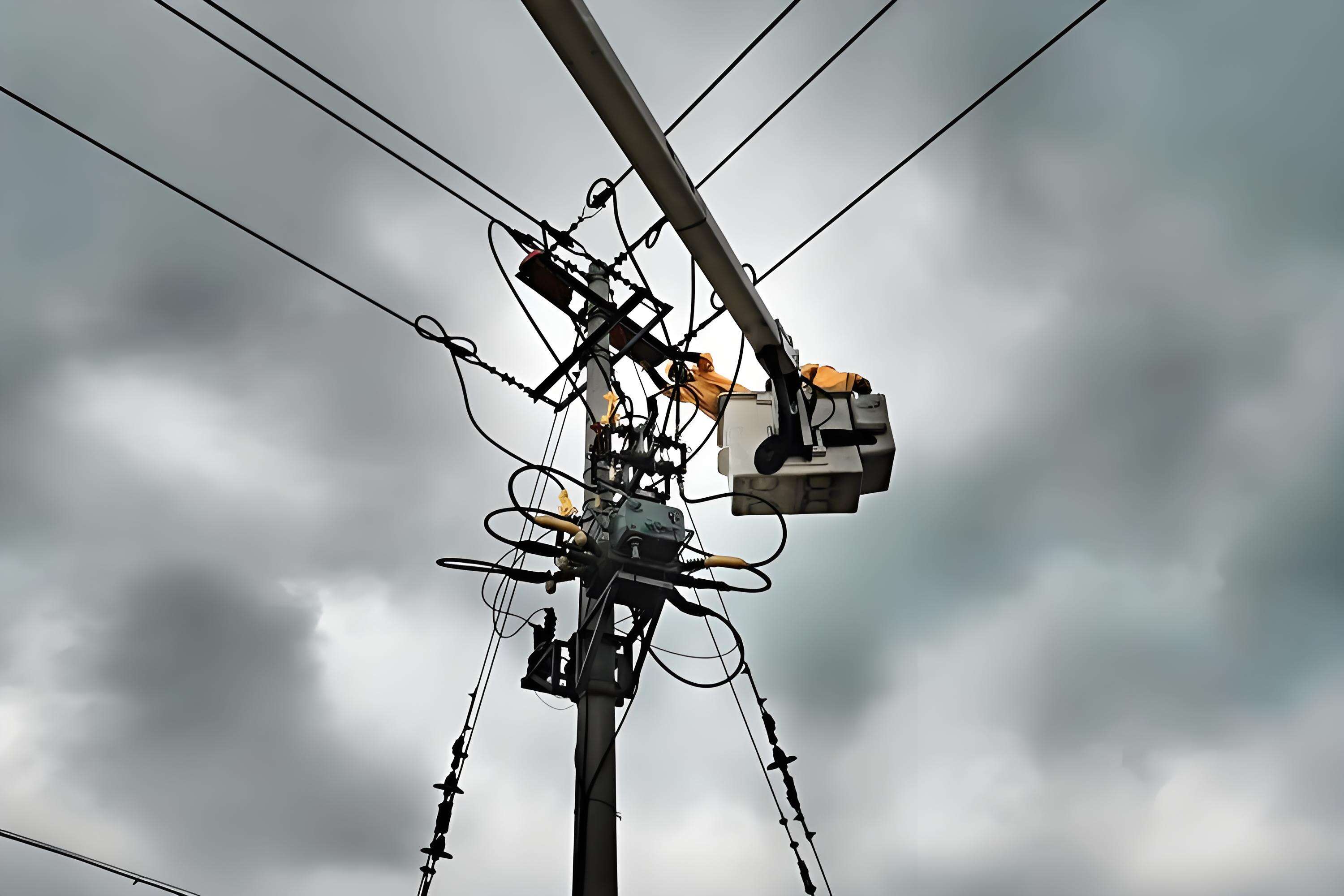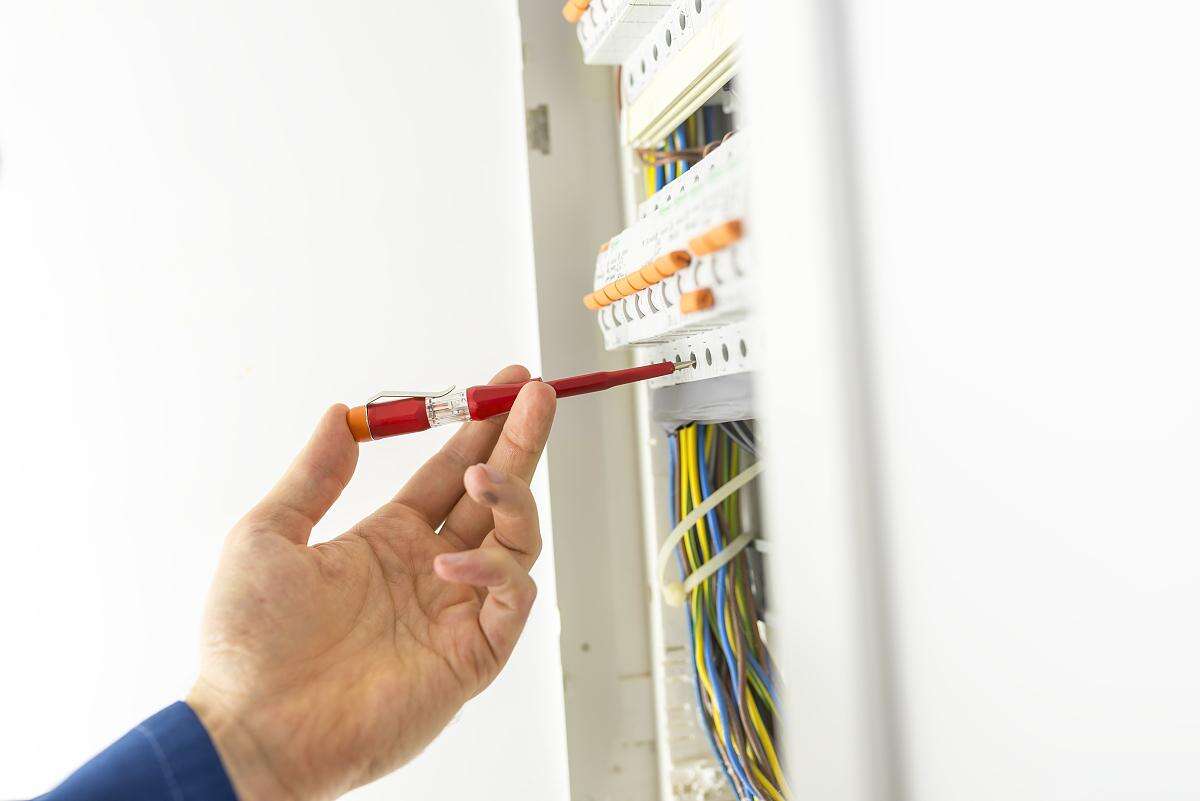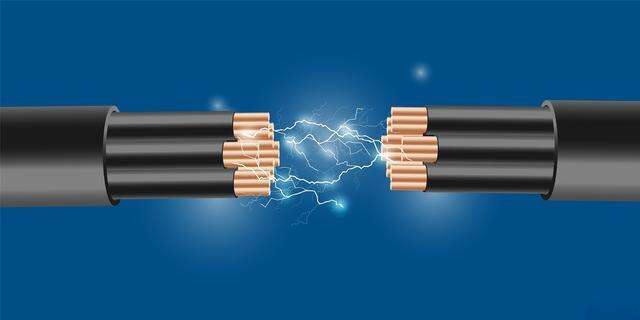Ensuring safety when using wires is of utmost importance to prevent electrical hazards and protect lives and property. First, it is crucial to select the right type of wire for the specific application, considering factors such as voltage and current requirements, environmental conditions, and installation location. Wires should have appropriate insulation materials that are resistant to heat, moisture, and chemicals, and meet relevant safety standards to prevent electrical leakage and short circuits. Proper installation is equally vital; wires should be routed correctly, avoiding sharp bends or compression that could damage the insulation. Connections must be made securely using suitable connectors and terminals, and grounding should be implemented as required to redirect fault currents safely. Regular inspections of wires are necessary to detect signs of wear, such as frayed insulation, exposed conductors, or discoloration, which could indicate potential problems. Additionally, avoiding overloading circuits by not exceeding the wire's rated current capacity and using circuit breakers or fuses as protective devices are essential safety measures. In areas with high moisture or where wires are exposed, using waterproof or moisture-resistant enclosures can further enhance safety. Educating users about electrical safety, including proper handling of wires and the dangers of electrical shock, also plays a significant role in ensuring safety when using wires.


